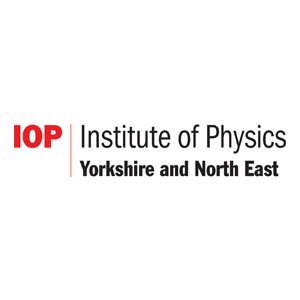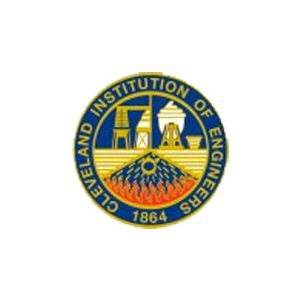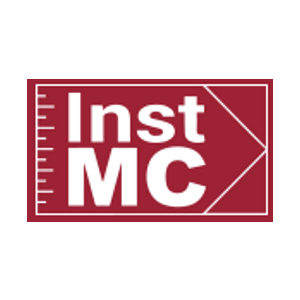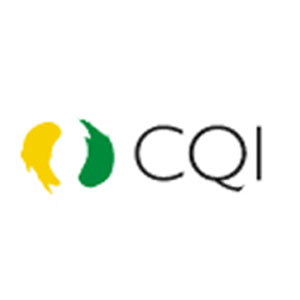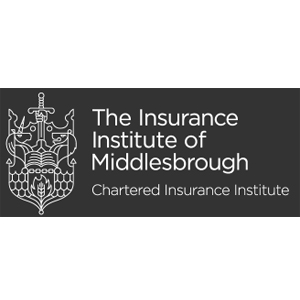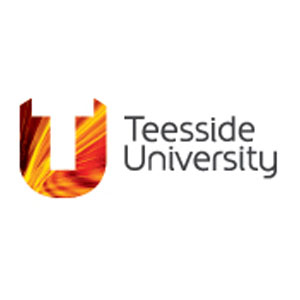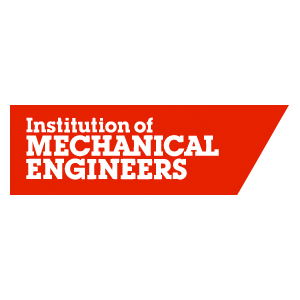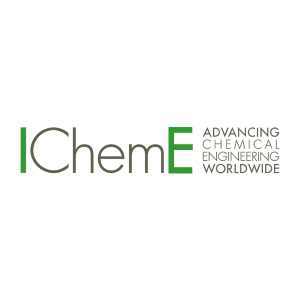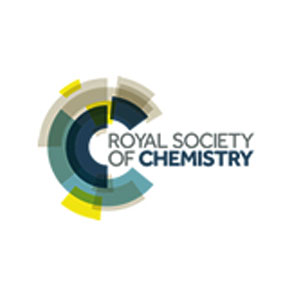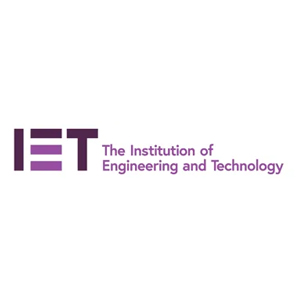Taken from 1921-1971 – Years of Achievement
A brief history published to commemorate the Golden Jubilee of the Institution
In his presidential address in 1920 to the Iron and Steel Institute, Dr Stead revealed that he had discussed many years earlier with Andrew Carnegie his ideas for a technical institute which would facilitate “the continual acquisition of knowledge by the staffs and workmen of the iron and steel industries”. Andrew Carnegie was impressed by Dr Stead’s conception and told him “he would pay for just such an institute in Middlesbrough, and equip it with the standard technological books if the directors of the industries would maintain it”.
Discussions took place between Dr Stead and individual ironmasters who, while approving the scheme, would not act without further consideration. Andrew Carnegie died so his offer was no longer available. It is to the credit of the ironmasters that in spite of this they responded to the vision and enthusiasm of Dr Stead and the Cleveland Technical Institute was born.
After many years of patient perseverance and hard work the Cleveland Technical Institute opened on 22nd September 1921. By then Dr Stead’s health was failing but he became the Institute’s first president, a position which brought him deep satisfaction.
Iron and steel, shipbuilding and engineering were the basic traditional industries of the Cleveland area and it was to the leaders in these industries that Dr Stead made his first approaches. A joint Committee representing the Cleveland Institute of Engineers and the North-East Coast Institute of Engineers and Shipbuilders was formed and held its first meeting on 5th January 1919, in the Cleveland Club, Middlesbrough.
Members of the Joint Committee were: Cleveland Institute of Engineers – Dr JE Stead, JH Harrison, RH Archer-Coulson and RE Cowell. NE Coast Engineers and Shipbuilders – EL Ord, E Hall-Brown, Harald Dixon, EH Fraser-Smith and GM Harroway.
Founding Fathers
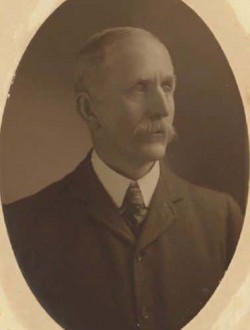
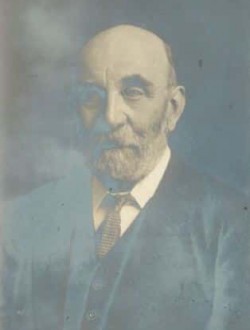
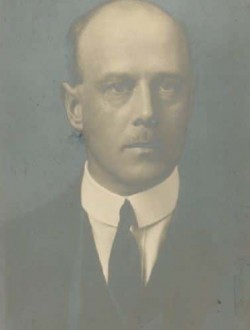
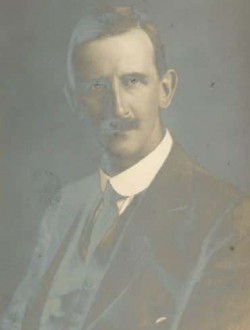
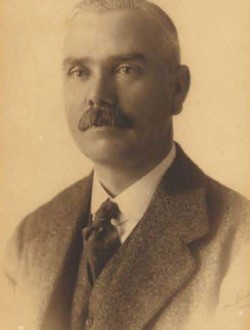
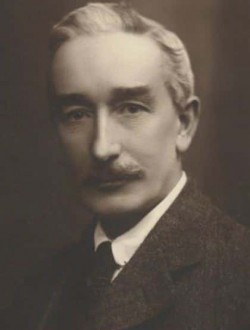
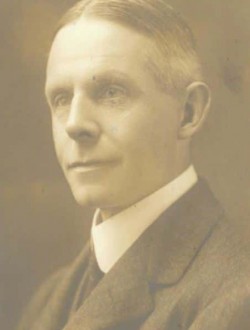
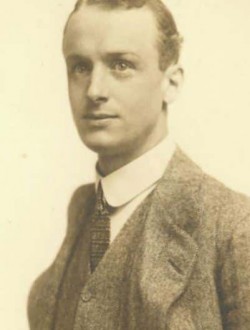
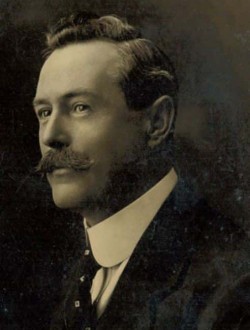
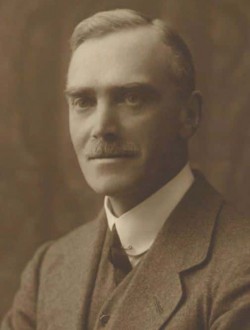
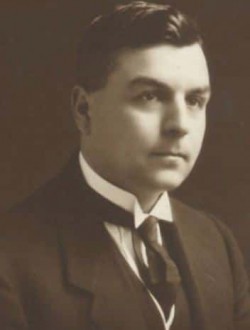
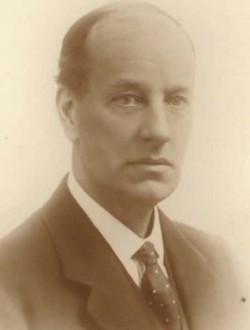
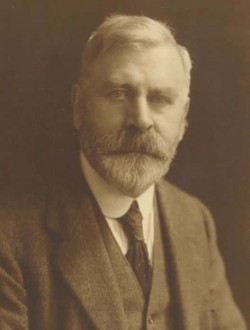
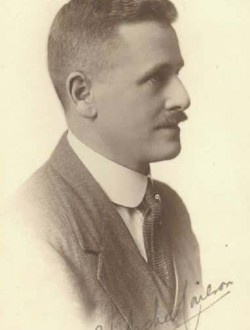
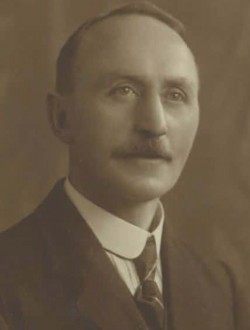
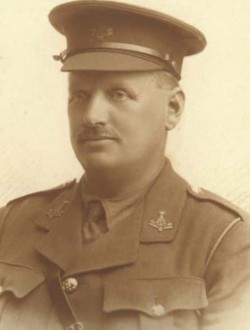
Past Presidents


